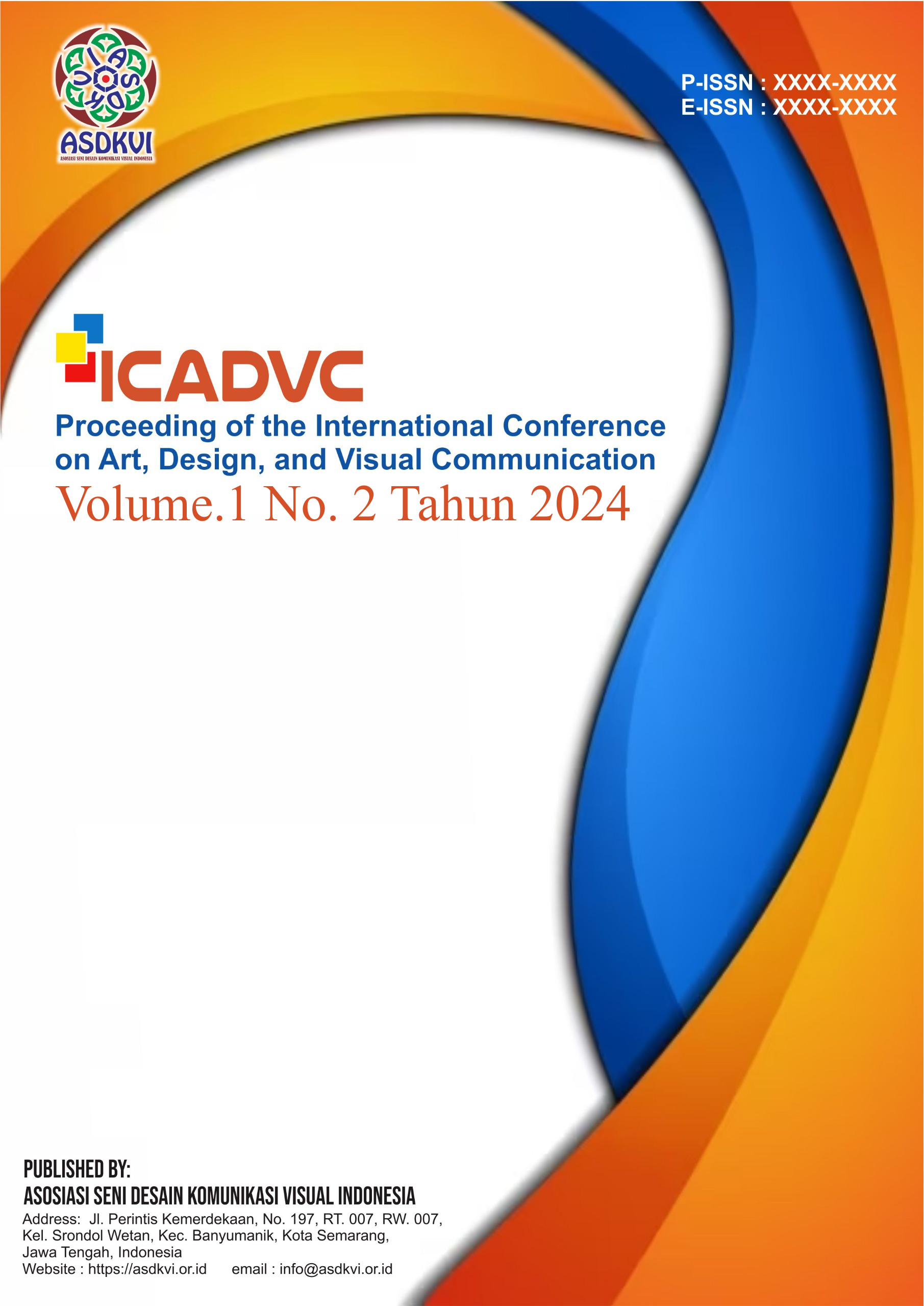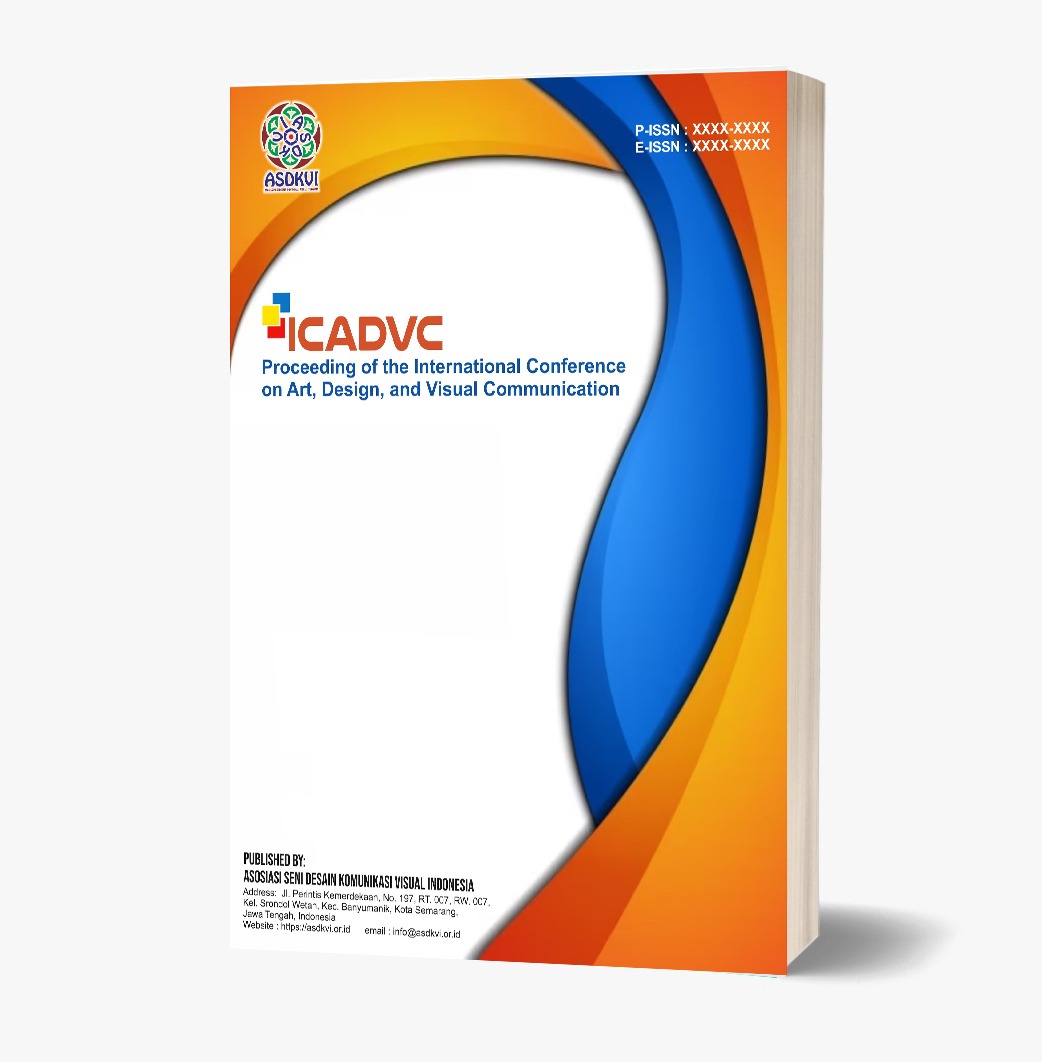Reconstructing Local Myths through Animation as a Visual Approach to Cultural Preservation
Keywords:
Animation, Cultural Preservation, Local Myths, Storytelling, Visual CommunicationAbstract
This study explores the potential of animation as a visual medium for reconstructing local myths and preserving cultural heritage in contemporary society. Amid rapid globalization and digitalization, many local myths are at risk of fading from public consciousness. The objective of this research is to analyze how animation can serve as an effective storytelling tool to revitalize and transmit traditional narratives to younger generations. Using a qualitative method with a case study approach, the study examines selected animated works that reinterpret local myths from various regions in Indonesia. The findings indicate that animation provides a dynamic platform to reintroduce mythological elements through engaging visuals and narratives while maintaining cultural authenticity. Moreover, the integration of modern visual techniques helps bridge the generational gap, making traditional stories more relatable and accessible. This study highlights the role of visual communication in cultural sustainability and encourages further interdisciplinary collaboration in the fields of design, folklore, and education.
References
Azhar, N. A., & Ariffin, N. A. (2019). Animated folklore as cultural heritage: A case study of Malay mythical creatures. Journal of Graphic Engineering and Design, 10(2), 35–44. https://doi.org/10.24867/JGED-2019-2-035
Barthes, R. (1972). Mythologies. New York: Hill and Wang.
Braun, V., & Clarke, V. (2006). Using thematic analysis in psychology. Qualitative Research in Psychology, 3(2), 77–101.
Cheng, H. (2020). Reviving ancient stories: Animation as a medium for Chinese cultural heritage education. Visual Communication Quarterly, 27(4), 205–216. https://doi.org/10.1080/15551393.2020.1823843
Creswell, J. W. (2013). Qualitative inquiry and research design: Choosing among five approaches (3rd ed.). SAGE Publications.
Furniss, M. (2008). Art in motion: Animation aesthetics. Indiana University Press.
Hall, S. (1997). Representation: Cultural representations and signifying practices. London: Sage.
Hogsden, C., & Poulter, E. K. (2012). The real other? Museum objects in digital contact networks. Museum and Society, 10(1), 25–40.
Ng, J. Y. (2020). Animated heritage: Using animation to engage youth with intangible cultural heritage. International Journal of Cultural Studies, 23(6), 856–873.
Patton, M. Q. (2002). Qualitative research and evaluation methods (3rd ed.). Thousand Oaks, CA: Sage.
Propp, V. (1968). Morphology of the folktale. Austin: University of Texas Press.
Smith, L. (2015). Uses of heritage. Routledge.
Smith, L., & Akagawa, N. (Eds.). (2009). Intangible heritage. London: Routledge.
UNESCO. (2003). Convention for the safeguarding of the intangible cultural heritage. Retrieved from https://ich.unesco.org
UNESCO. (2021). Intangible cultural heritage and the role of youth. Retrieved from https://ich.unesco.org
Wells, P. (2002). Animation: Genre and authorship. London: Wallflower Press.
Downloads
Published
Issue
Section
License
Copyright (c) 2024 Proceeding of the International Conference on Art, Design, and Visual Communication

This work is licensed under a Creative Commons Attribution-ShareAlike 4.0 International License.





